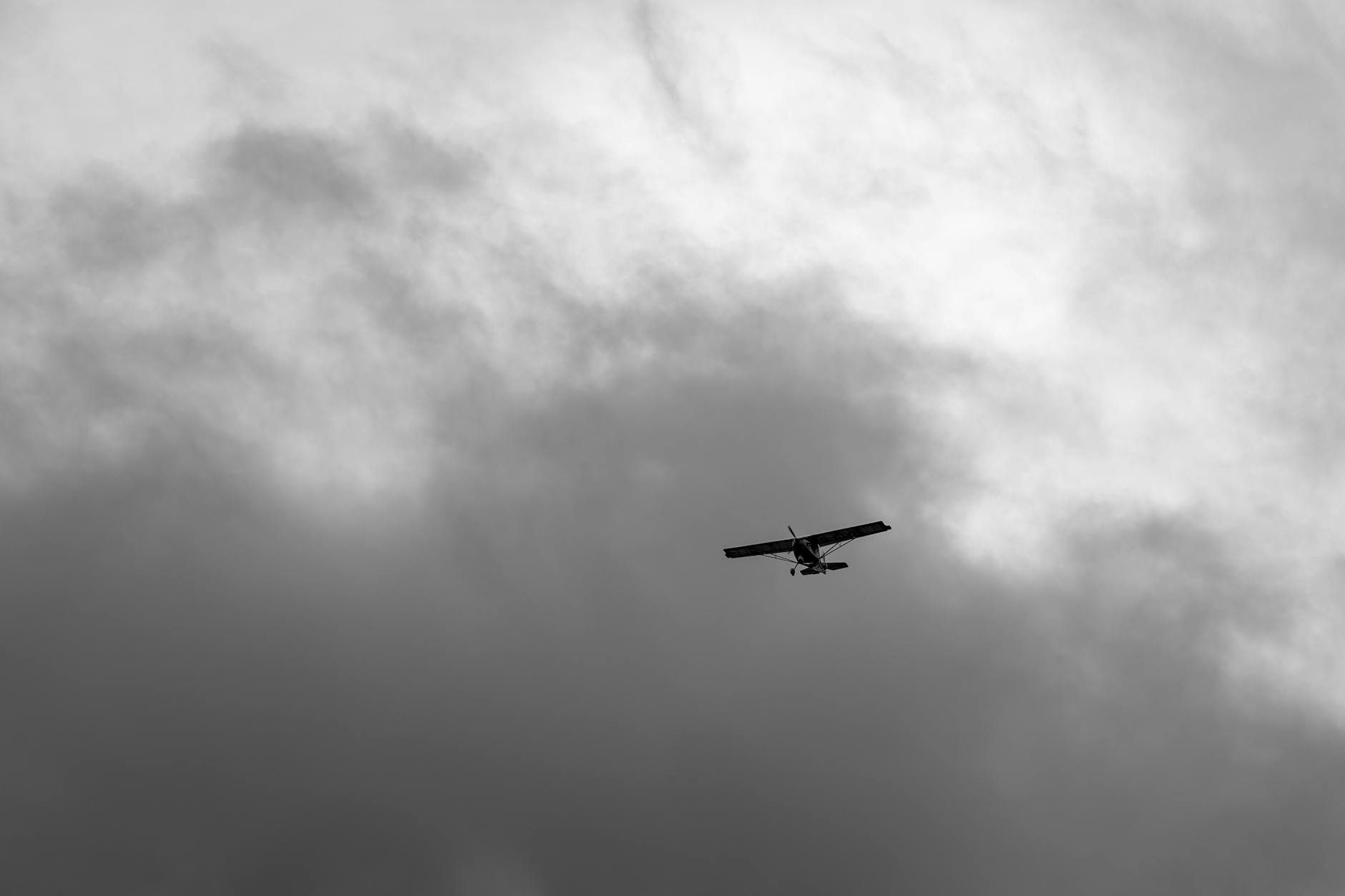Table of Contents
- What is Area 51?
- Who Created Area 51?
- Area 51: Failed Experiments
- The Role of Technology in Area 51
- External Resources and Insights
What is Area 51?
Area 51 is one of the world’s most secretive and controversial locations. Located in the Nevada desert, this highly classified U.S. Air Force facility has been the center of countless conspiracy theories involving extraterrestrials, experimental aircraft, and advanced technologies.
Who Created Area 51?

Who Created Area 51?
Area 51 was officially created in 1955 during the Cold War era. The Central Intelligence Agency (CIA) established the facility in collaboration with the U.S. Air Force to test and develop the Lockheed U-2 spy plane, a revolutionary piece of technology at the time.
The decision to establish Area 51 stemmed from the need for a remote, secure location away from public scrutiny. Groom Lake, a dried-up lakebed in Nevada, was chosen for its isolation, flat terrain, and proximity to military testing facilities. The CIA named the location after its designation on the Nevada Test and Training Range maps.
Area 51: Failed Experiments
The A-12 Oxcart Project
While Area 51 is renowned for its technological breakthroughs, not all experiments succeeded. One of the most notable failed projects was the A-12 Oxcart, an advanced reconnaissance aircraft. Although groundbreaking in design, the A-12 faced numerous challenges, including limited operational capability and high maintenance costs, leading to its early retirement.
Aurora Hypersonic Plane
The rumored Aurora hypersonic aircraft was another speculative project associated with Area 51. While some claim it was a prototype for high-speed reconnaissance missions, no substantial evidence or operational success has been documented.
Reverse Engineering Alien Technology

Alien Technology
A popular theory is that Area 51 was used to reverse-engineer alien spacecraft recovered from Roswell and other incidents. Critics argue that this speculation stems more from public imagination than concrete evidence, yet the failure to produce tangible alien technology keeps this theory alive.
The Role of Technology in Area 51
Area 51 is often viewed as a hub of technological innovation. From stealth technology to radar evasion, the facility has played a significant role in advancing aerospace engineering.
Stealth Aircraft Development
The F-117 Nighthawk, a stealth fighter plane, was one of Area 51’s most successful projects. Its angular design and radar-absorbing materials revolutionized military aviation.
Spy Satellites and Drones
In addition to manned aircraft, Area 51 has also been involved in the development of unmanned aerial vehicles (UAVs) and reconnaissance satellites. These advancements have greatly enhanced intelligence-gathering capabilities.
Experimental Propulsion Systems
Rumors suggest that Area 51 houses research on experimental propulsion systems, including electromagnetic and nuclear propulsion. While these technologies remain speculative, their potential to revolutionize space travel continues to spark interest.
The Mystery Continues

Mystery Continues
Despite its secrecy, Area 51 has inspired a global fascination, partly fueled by its failed experiments and groundbreaking technological endeavors. Its existence was officially acknowledged by the U.S. government in 2013, but many details about its operations remain classified.
1. Why “Area 51”?
The name “Area 51” comes from its designation on old Nevada Test Site maps. It doesn’t signify anything mysterious; it’s simply a numbered section of the map. However, its secrecy has given the number an almost mythical status.
2. The Roswell Connection
Area 51 gained a significant part of its mystery due to the Roswell UFO incident of 1947, where a supposed alien spacecraft was said to have crashed in New Mexico. While the U.S. Air Force claimed it was a weather balloon, conspiracy theorists connected it to Area 51, alleging that the wreckage was brought there for study.
3. The U-2 Spy Plane’s Revolutionary Technology
The U-2 spy plane, one of the first major projects at Area 51, could fly at altitudes above 70,000 feet, making it virtually undetectable by Soviet radar. This led to numerous UFO sightings during the 1950s and 1960s, as the plane’s high altitude made it appear alien to observers.
4. Secrecy Levels
Until 2013, the U.S. government officially denied the existence of Area 51. Its acknowledgment came after the release of declassified CIA documents. However, many details about its projects and purpose remain highly classified.
5. Testing Nuclear Bomb Effects
Though Area 51 itself isn’t a nuclear testing site, its proximity to the Nevada Test Site means researchers studied the effects of nuclear weapons on various materials, vehicles, and structures.
6. Janet Airlines
A secretive airline called Janet Airlines operates out of McCarran International Airport in Las Vegas, transporting Area 51 workers to the base. The airline uses unmarked planes with distinctive red stripes, further adding to the mystery.
7. Public Intrusion
In 2019, a viral internet campaign titled “Storm Area 51” attracted millions of enthusiasts who joked about uncovering the secrets of the base. Though the actual turnout was small, it led to increased scrutiny and media coverage of the facility.
8. Black Projects and Budget
Area 51 is part of the U.S. “Black Budget”, a secretive fund used for classified defense projects. These projects include experimental aircraft, stealth technology, and advanced weaponry.
9. Aliens and Reverse Engineering
Some claim that scientists at Area 51 have studied alien technology recovered from UFO crashes. While there is no concrete evidence, believers argue that advanced aircraft like the SR-71 Blackbird and stealth bombers were developed using extraterrestrial insights.
10. Surveillance Technology Development
In addition to aircraft, Area 51 played a significant role in developing surveillance technology, such as high-resolution cameras and sensors that could operate at extreme altitudes and distances.
11. Restricted Airspace

Restricted Airspace
The airspace above Area 51 is known as R-4808N or “The Box.” It’s one of the most restricted areas in the world. Unauthorized aircraft entering this zone are intercepted immediately.
12. A Tourist Attraction?
Despite its secrecy, Area 51 has become a pop culture icon, inspiring movies, books, and TV shows. Nearby towns like Rachel, Nevada, have capitalized on this fame with alien-themed cafes, motels, and museums.
External Resources and Insights
- Learn more about the history of Area 51 on Britannica (DoFollow link).
- Explore the declassified CIA documents about Area 51.
For more technology insights, visit our blog on TechXcode.com!
Conclusion
Area 51 remains a beacon of secrecy, blending myths, advanced technologies, and failed experiments. Whether you believe in aliens or not, the facility’s impact on technological advancements and its role in modern military operations cannot be ignored.



Can you be more specific about the content of your article? After reading it, I still have some doubts. Hope you can help me.